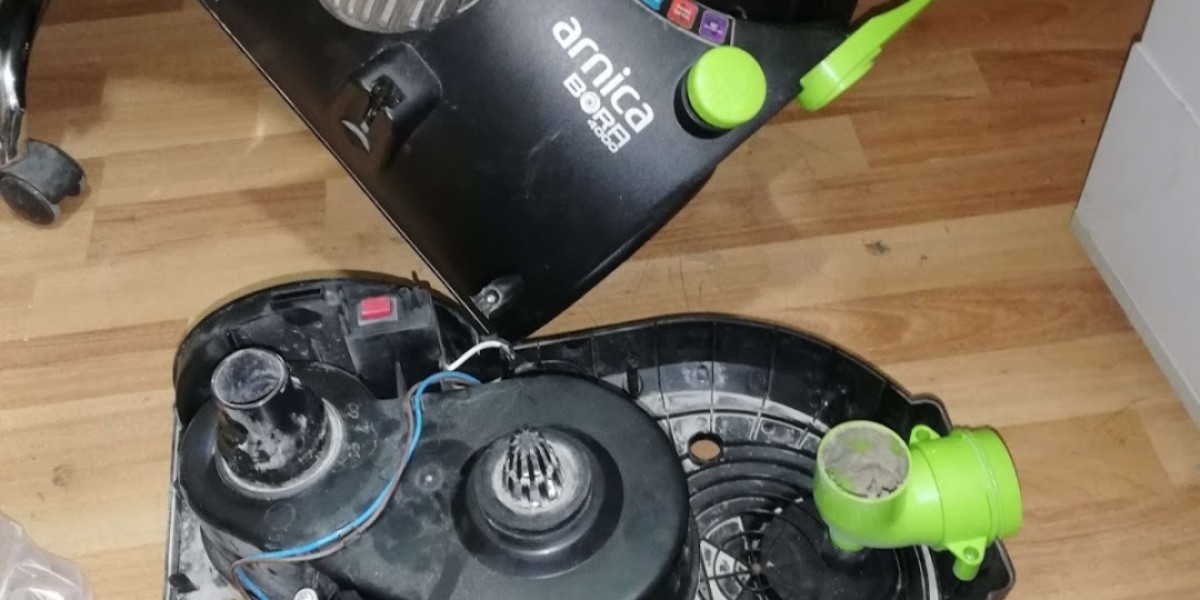Bare conductor play a critical role in electrical power transmission and distribution systems worldwide. Whether used in overhead lines or grounding systems, their design and material composition impact conductivity, durability, and efficiency. This in-depth guide explores the types, properties, and real-world applications of bare conductors — empowering engineers, buyers, and infrastructure planners with reliable, data-backed insights.
? What is a Bare Conductor?
A bare conductor is an electrical conductor with no insulation or protective covering. Typically made from metals like aluminum, copper, or alloys, these conductors are widely used in overhead transmission lines, grounding systems, and industrial settings where insulation is unnecessary or impractical.
? Why Bare Conductors Matter in Energy Transmission
Bare conductors are essential in high-voltage transmission because:
Lower weight-to-conductivity ratio (especially aluminum)
Cost-efficiency in large-scale deployment
Excellent heat dissipation
High current-carrying capacity
Ease of installation and maintenance
?️ Common Types of Bare Conductors
| Type | Material Used | Key Features | Typical Applications |
|---|---|---|---|
| AAC (All Aluminum Conductor) | EC-grade Aluminum | Lightweight, corrosion-resistant | Urban and coastal overhead lines |
| AAAC (All Aluminum Alloy) | Aluminum Alloy | Higher strength than AAC | Industrial lines, rural grids |
| ACSR (Aluminum Conductor Steel Reinforced) | Aluminum + Steel Core | High tensile strength, economical | Long-span transmission lines |
| ACAR (Aluminum Conductor Alloy Reinforced) | Aluminum + Alloy Core | Enhanced conductivity + strength combo | Heavily loaded overhead systems |
| Copper Bare Conductor | Pure Copper | Highest conductivity, durable | Substations, grounding, industrial setups |
⚙️ Choosing the Right Bare Conductor: Key Factors to Consider
Selecting the optimal bare conductor requires evaluating several factors:
Electrical conductivity: Copper has higher conductivity, but aluminum is more cost-effective.
Mechanical strength: ACSR and AAAC offer superior tensile strength for long spans.
Corrosion resistance: AAAC and AAC perform better in salty or humid climates.
Cost and weight: Aluminum conductors are lighter and cheaper, ideal for long-distance runs.
Thermal performance: Depends on ambient temperature, current load, and conductor size.
? Bare Conductor Applications Across Industries
Power Utilities
High-voltage transmission lines
Medium-voltage distribution networks
Grounding and earthing systems in substations
Railway Electrification
Used in catenary systems and return circuits
Requires conductors with excellent mechanical strength and low sag
Renewable Energy Projects
Wind farms and solar power plants use bare conductors for grid integration
Durable, UV-resistant, and high-temperature tolerance is essential
Construction & Industrial Facilities
Earthing grids
Overhead cranes and machinery
? Expert Tip: Avoiding Line Losses
The resistance in bare conductors causes energy losses, particularly over long distances. To minimize:
Choose conductors with higher cross-sectional area
Use low-resistance materials (e.g., copper, ACAR)
Maintain optimal tension to reduce sagging and corona loss
? Technical Specifications Snapshot
| Property | Copper Bare Conductor | AAC | ACSR |
|---|---|---|---|
| Electrical Conductivity | ~100% IACS | ~61% IACS | ~61% IACS |
| Density | 8.89 g/cm³ | 2.7 g/cm³ | ~2.8 g/cm³ |
| Tensile Strength | Medium | Medium | High |
| Cost per Meter | High | Low | Moderate |
| Corrosion Resistance | High | High | Requires Galvanization |
? FAQs: Understanding Bare Conductors
Q1: Why are bare conductors used in overhead lines instead of insulated cables?
A: In overhead transmission, insulation is unnecessary due to open-air spacing. Using bare conductors reduces cost, weight, and heat buildup.
Q2: What are the common materials for bare conductors?
A: Aluminum (AAC, AAAC, ACSR), aluminum alloy (ACAR), and copper are standard materials. Each has specific advantages in conductivity, weight, and mechanical strength.
Q3: How are bare conductors protected from environmental damage?
A: While bare, they are not unprotected. ACSR uses galvanized steel cores, and aluminum naturally forms an oxide layer to resist corrosion. Some may be coated with anti-corrosion compounds or greases.
Q4: Can bare conductors be used in underground applications?
A: Typically, no. Underground systems require insulation and protection from soil, moisture, and mechanical damage. Bare conductors are generally used above ground or in controlled industrial environments.
Q5: What is the lifespan of a typical bare conductor?
A: With proper maintenance and installation, they can last 30–50 years. Factors like climate, load, and corrosion exposure can affect lifespan.
Q6: Is copper always better than aluminum for bare conductors?
A: Not always. While copper has superior conductivity, aluminum is lighter, cheaper, and suitable for large-scale transmission. In many cases, ACSR or AAAC is the optimal compromise.
? Industry Insight: Market Trends
Aluminum conductors dominate the global transmission market due to lower costs and sufficient performance.
Hybrid designs like ACSR and ACAR are growing in popularity for long-span high-voltage lines.
Focus is shifting toward sustainable conductors with minimal environmental impact and longer life cycles.
? Real-World Use Case: Rural Electrification
In a large-scale electrification project spanning 300 km of rural terrain:
Engineers selected AAAC due to high strength-to-weight ratio and corrosion resistance.
Tension levels were carefully calculated to minimize sag.
Bare conductors were suspended via ceramic insulators to prevent grounding and arcing.
This optimized both cost and reliability while reducing energy losses over distance.
? Maintenance Tips for Bare Conductor Networks
Regular inspections for corrosion, mechanical wear, and sag
Thermal scanning to detect hot spots
Vibration dampers in windy areas to prevent fatigue
Use spacers and dampers to reduce conductor galloping






